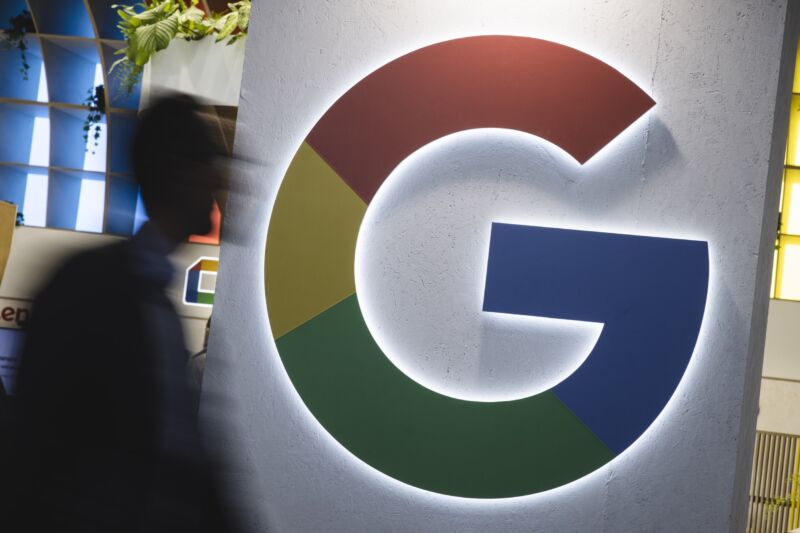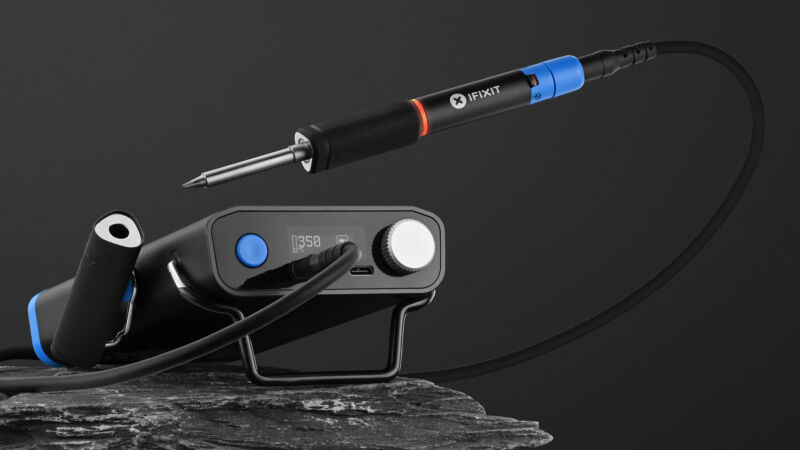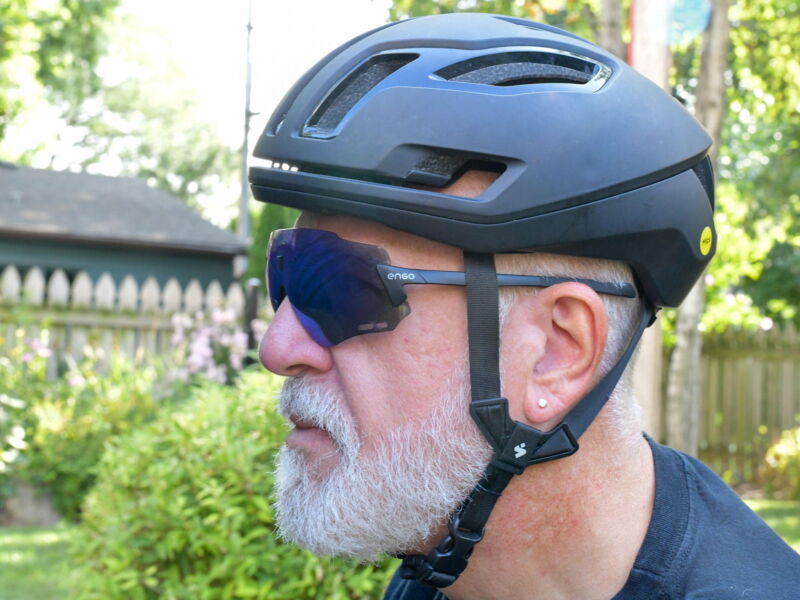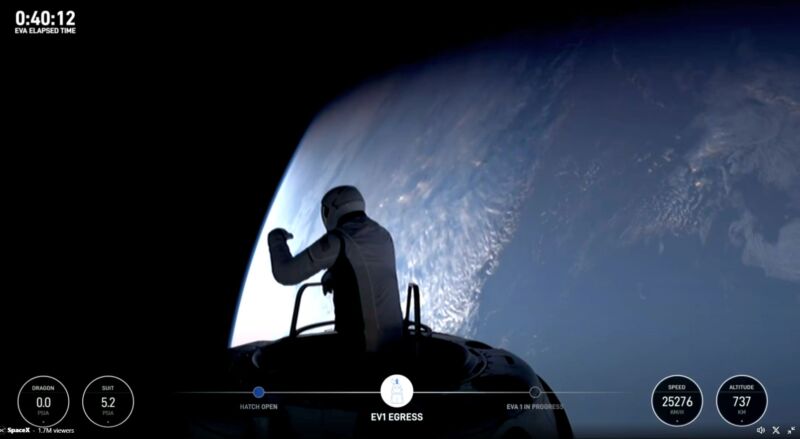-
 chevron_right
chevron_right
Eminent officials say NASA facilities some of the “worst” they’ve ever seen
news.movim.eu / ArsTechnica · Thursday, 12 September - 14:22
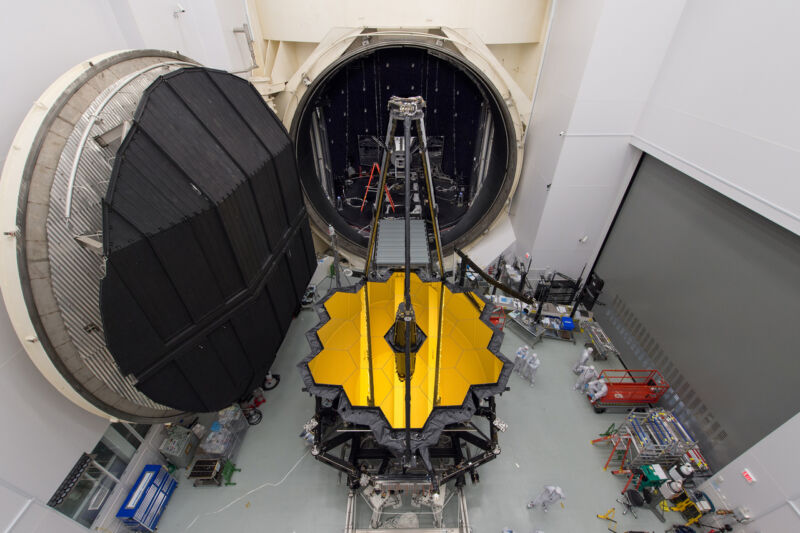
Enlarge / The primary mirror for the James Webb Space Telescope enters a vacuum test chamber at NASA's Johnson Space Center in 2017. (credit: NASA/Desiree Stover )
A panel of independent experts reported this week that NASA lacks funding to maintain most of its decades-old facilities, could lose its engineering prowess to the commercial space industry, and has a shortsighted roadmap for technology development.
"NASA’s problem is it always seems to have $3 billion more program than it has of funds," said Norm Augustine, chair of the National Academies panel chartered to examine the critical facilities, workforce, and technology needed to achieve NASA's long-term strategic goals and objectives. Augustine said a similar statement could sum up two previous high-level reviews of NASA's space programs that he chaired in 1990 and 2009. But the report released Tuesday put NASA's predicament in stark terms.
Grumbling about crumbling infrastructure
Around 83 percent of NASA's facilities are beyond their design lifetimes , and the agency has a $3.3 billion backlog in maintenance. When you consider NASA's $250 million estimate for normal year-to-year maintenance, it would take a $600 million uptick in NASA's annual budget for infrastructure repairs to catch up on the backlog within the next 10 years.



